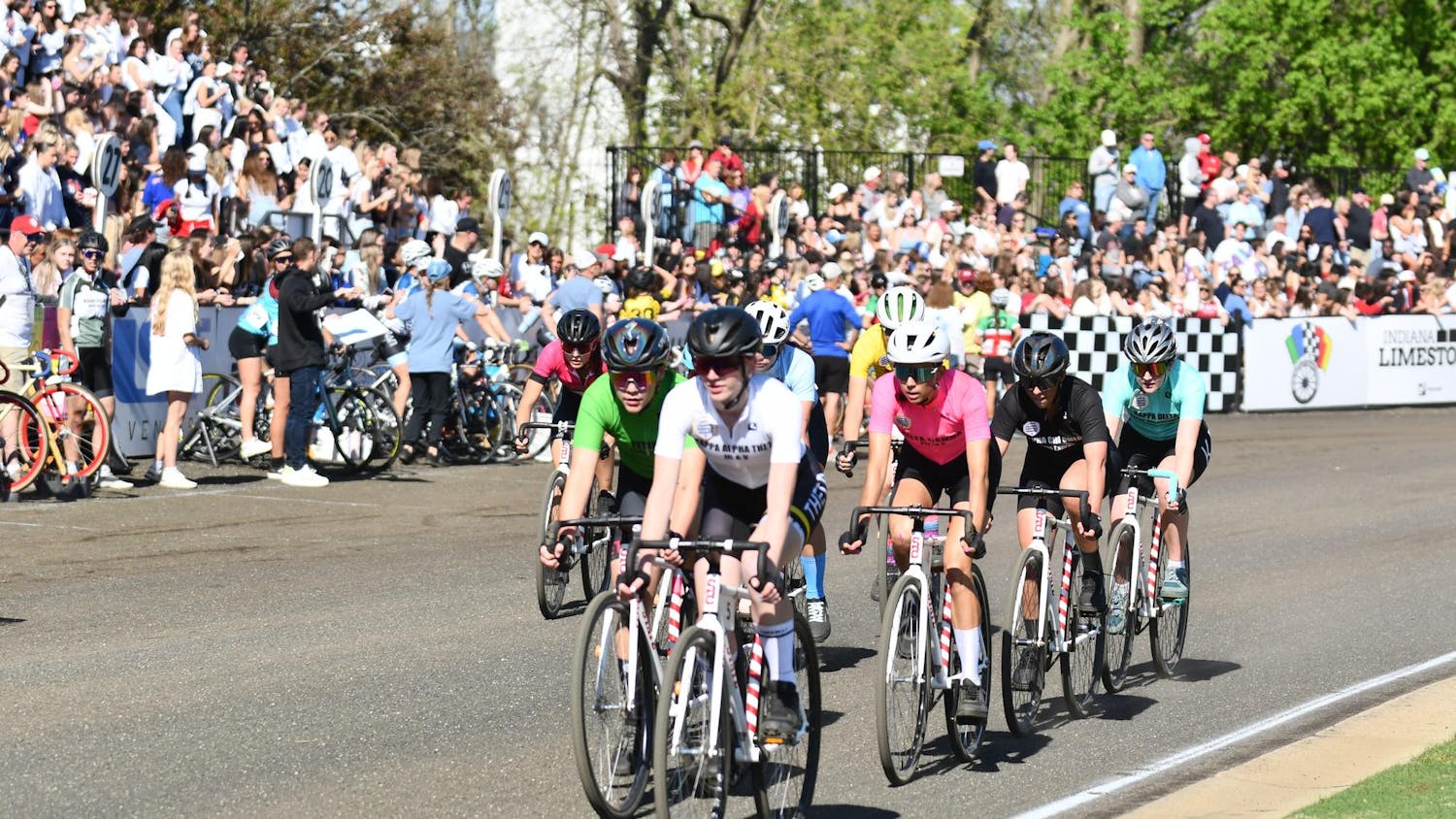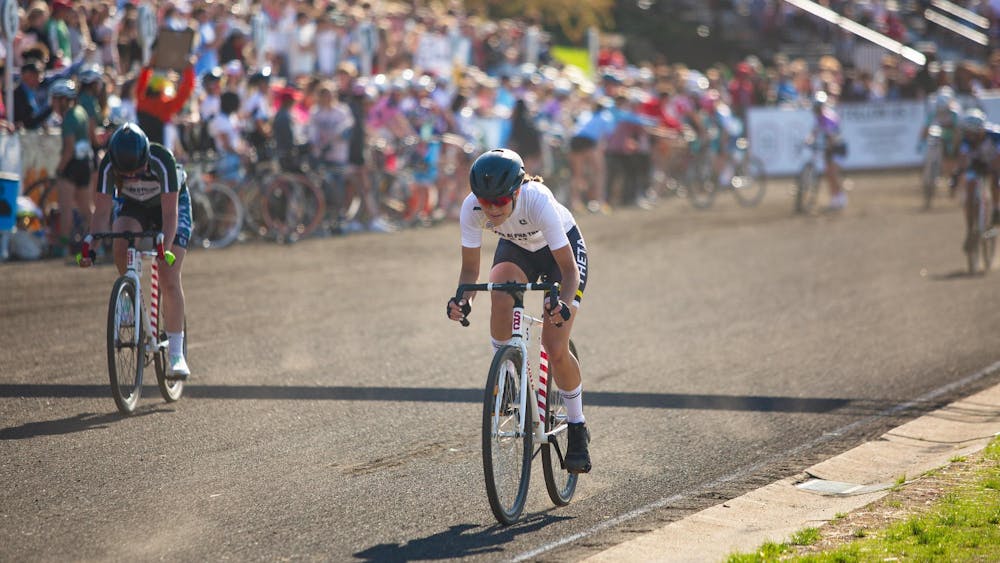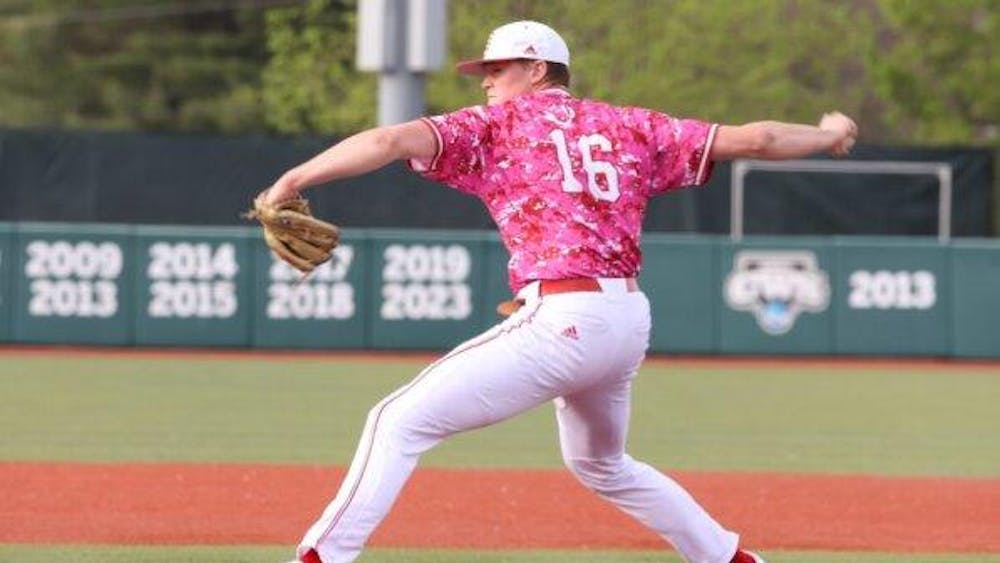Catherine Johnson-Roehr, the Institute’s Curator of Art, Artifacts and Photographs, said the first exhibit, titled “Secret Impressions: The Mass Production of Erotica Prior to the Camera,” revolves around art dating back to the 16th century.
“We call it ‘Secret Impressions’ because it’s fine art prints, engravings and etchings, and the actual process is that you engrave a plate and literally press down on the plate to transfer that ink and image onto the paper,” ?Johnson-Roehr said.
Johnson-Roehr said prints made in this fashion were sought after in those days because the printing plate could be reused, whereas traditional portraits were often one-of-a-kind.
“Before you had photography, this was a way to mass produce artwork,” Johnson-Roehr said. “A painting is a one-of-a-kind thing. It’s kind of expensive if you want someone to paint you. If you want to get a print, it’s cheaper and they can make more than one with this ?process.”
Garry Milius, Associate Curator of Art, Artifacts and Photographs, said this exhibit answers a very important question for fans of ?erotic art.
“It’s an attempt to answer the question, ‘What type of material was available before photography?’” Milius said.
Johnson-Roehr said the prints and etchings were mostly monochromatic, though sometimes they were hand-colored to the owner’s liking.
She said the second exhibit, titled “Hold that Pose: Erotic Imagery in 19th Century Photography,” is dedicated to erotic photography and the careful posing required for models in those photographs.
“It was not a quick process in those days,” Johnson-Roehr said. “People always look kind of stiff because you had a much slower process to capture that image. You might have to sit still for a minute or two, and that’s a little tricky if you’re in a sexual pose.”
Johnson-Roehr said once the camera became a common tool for capturing images, photographs took over the field that paintings and prints once dominated.
“Before the Internet, before magazines and video and all that, you could buy a photograph,” Johnson-Roehr said. “That would be probably for most people a lot easier to do than get a painting that would be unique but more extensive and harder to come by.”
Milius said the popularity of the medium from its conception is an important part of what the exhibit is trying to communicate.
“It’s really looking at the invention of the photography in the 1900s, looking at what kind of technology was available, what kind of erotic imagery was being created with it,” Milius said.
Johnson-Roehr said the works in each collection originate from across the globe, though some of the origins are unknown.
“They’re all part of the Kinsey Institute’s permanent collection,” Johnson-Roehr said. “They were donated by various people over many, many years, mostly from American donors, but the work was made in Europe.”
Milius said he thinks people will be surprised with how little has changed in the evolution of erotica.
“I think one of the first reactions everyone has is how similar the imagery is to what continues to be produced today,” Milius said. “What’s really fascinating is how people’s interests haven’t really changed for the last 100 years. ”
Johnson-Roehr said the decision to make the two exhibits simultaneous came from how easily the two themes fit together in the space provided.
“We thought, ‘Why don’t we do this print show, so when you walk in you’ll go through that first, which shows you erotic art that was out before photography was invented? Then you go into the main gallery and have 19th century photography, so it’s still older material, but more recent,’” ?Johnson-Roehr said.
Johnson-Roehr said she hopes the exhibits help ?dispel preconceived notions about sexuality in history.
“A lot of people probably think in the past it was less so that you might not find at least as broad a variety of images,” Johnson-Roehr said. “Especially in the 19th century. It was a very straitlaced time, but we actually have some pretty explosive sexual imagery that came from two centuries ago.”
Milius said he hopes attendees draw parallels between erotic imagery of the past and present.
“I think it’s important just to give people an insight into human behavior,” Milius said. “People, a lot of times, tend to get stuck in the time period they’re living in, so it’s nice to step back a little bit and look at something from a different perspective.”





